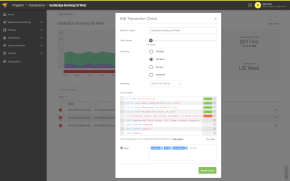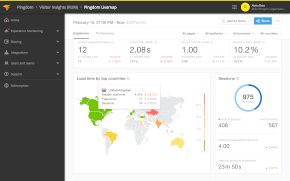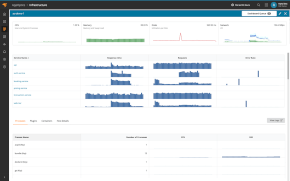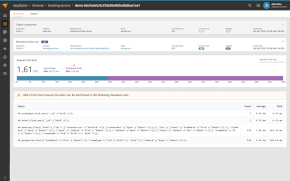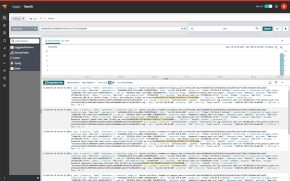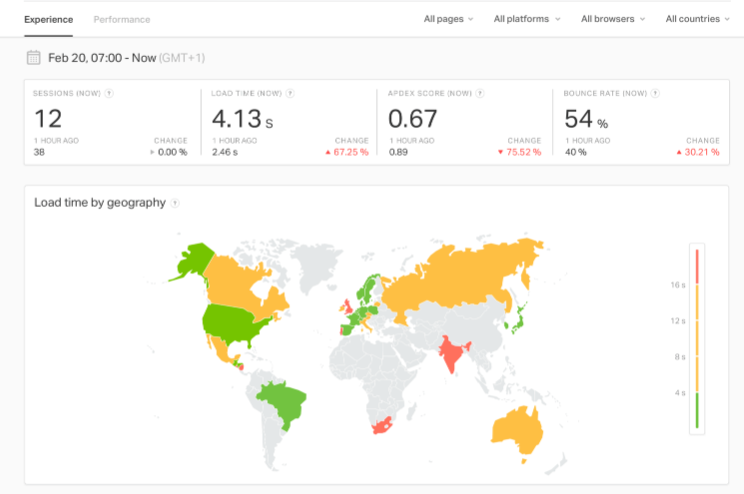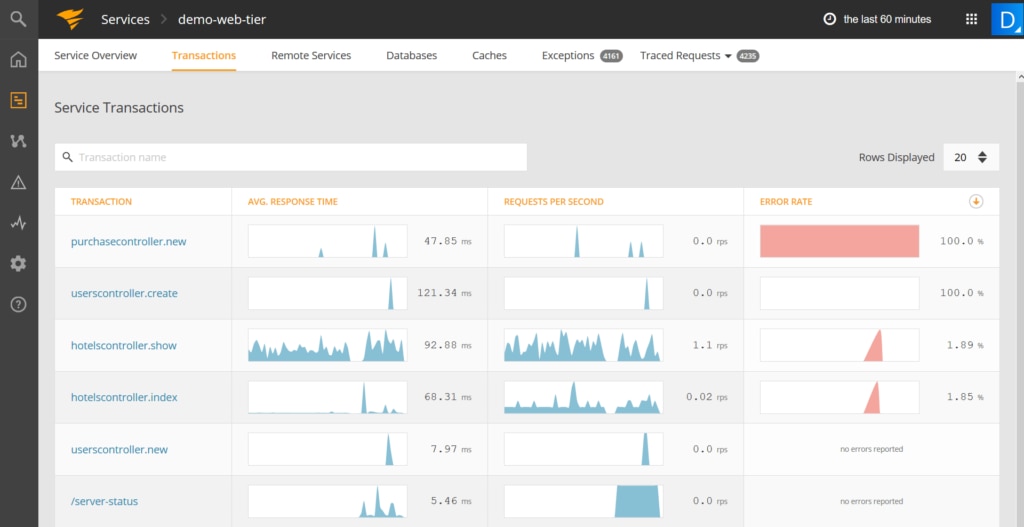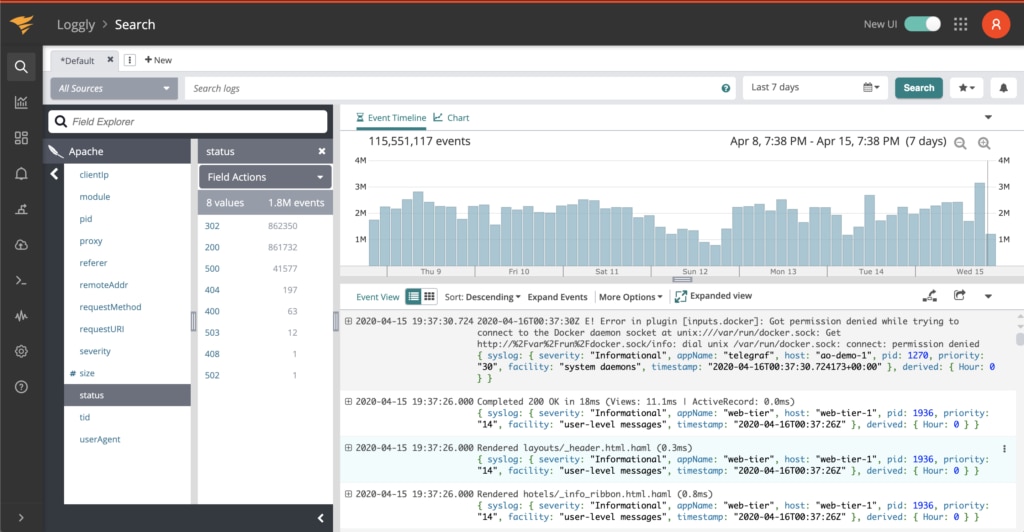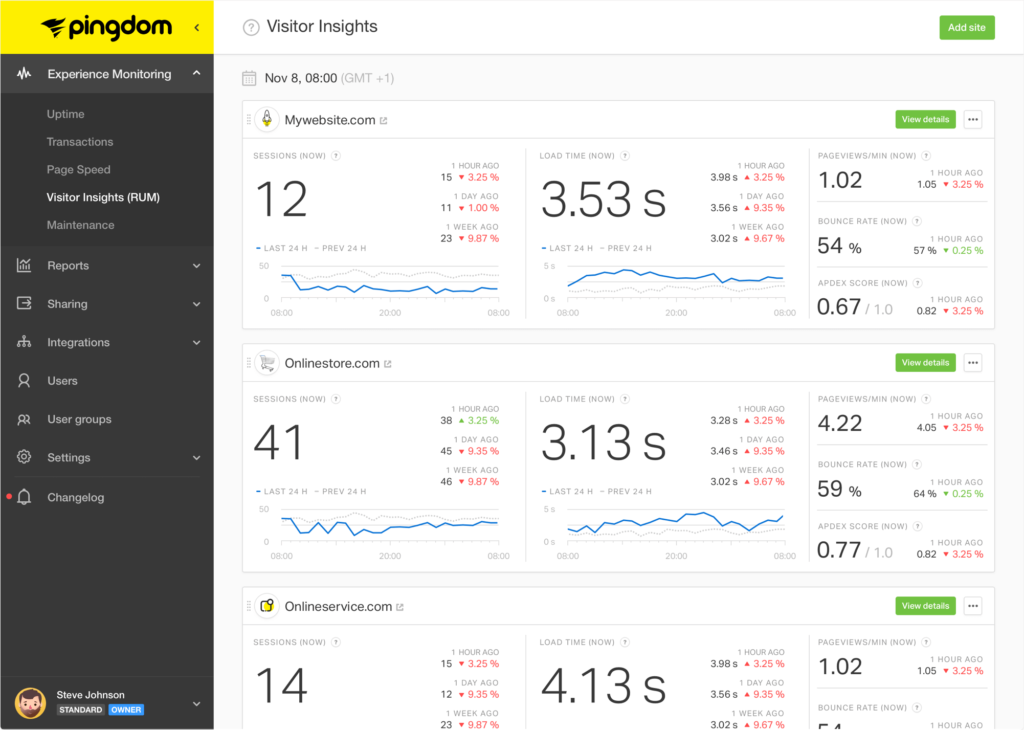APM Software
Ensuring a seamless application experience for customers is critical. Constant monitoring of application performance from server-side to client-side can help identify bottlenecks early on and resolve issues before they can impact the business. Together, SolarWinds® AppOptics™, SolarWinds Pingdom®, and SolarWinds Loggly® provide visibility into application performance and deliver root cause analysis for quick problem remediation.
